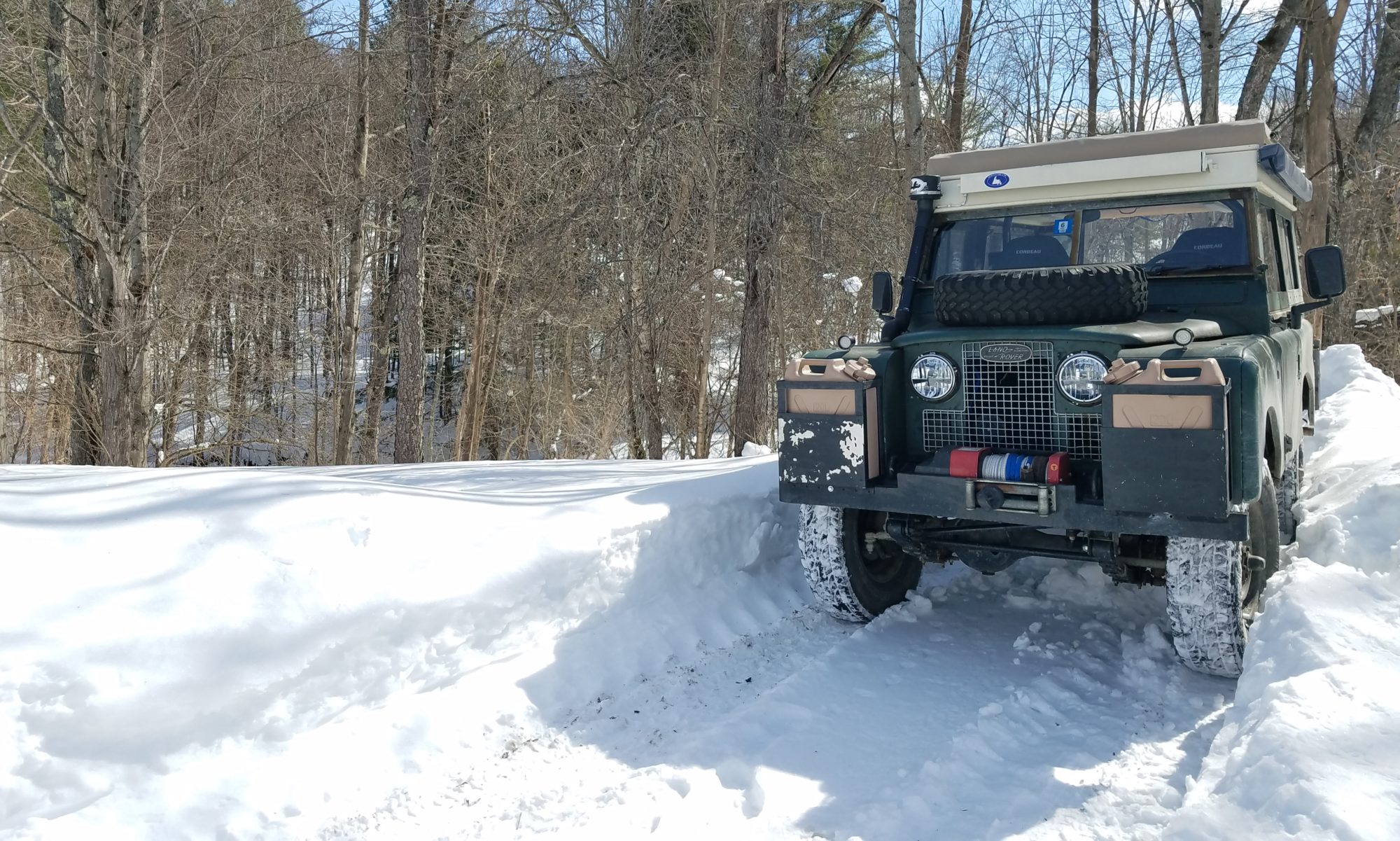We stopped to pick up a new daypack for M and one of the sales guys sketched out a rough map to the Titanic Cathedral Trees in the Prairie Creek Redwood State Park. The woods are always calling, so off we went.
“Fairy Rings” or “Cathedral Trees” are sometimes seen in Redwood forests. The death of an old tree often nourishes the growth of new trees. Sometimes the burls at the base and seeds from the dying tree create new trees that form a circle around the old. The rotting old tree in the middle eventually decays allowing for a “hole” in the canopy that gives the new trees sufficient light to grow creating a fairy ring.






Tip: The weather in the Pacific northwest can change quickly, so along with water and snacks, always pack a raincoat and an extra warm layer when hiking, even if you are out for a short jaunt.
Tidbit: The Newton B. Drury Scenic Parkway is a short easy paved drive thru the Prairie Creek Redwoods State Park. At the southern end is a visitor center and a resident herd of elk.










































